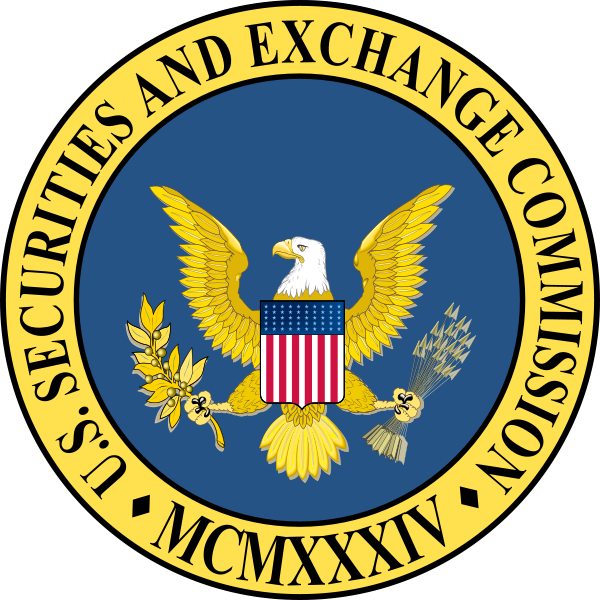The following is the SEC’s press release and fact sheet, originally published here. The proposed regulation is available here and the video of the SEC’s open meeting is available here.
The Securities and Exchange Commission today voted to propose rules intended to increase access to capital for smaller companies.
The SEC’s proposal would build upon Regulation A, which is an existing exemption from registration for small offerings of securities up to $5 million within a 12-month period. The updated exemption would enable companies to offer and sell up to $50 million of securities within a 12-month period.
The rules are mandated by Title IV of the Jumpstart Our Business Startup (JOBS) Act.
“This proposal is intended to help increase access of smaller companies to capital,” said SEC Chair Mary Jo White. “In shaping this proposal, we sought to develop an effective, workable path to raising capital that, very importantly, also builds in necessary investor protections.”
The SEC’s proposal will undergo a 60-day public comment period after it is published in the Federal Register.
# # #
FACT SHEET
Regulation A
SEC Open Meeting
Dec. 18, 2013
Background
When a company offers or sells securities to potential investors in order to raise capital, the company is required under the Securities Act of 1933 to register the offer and sale – unless it can rely on an exemption.
One longstanding exemption from Securities Act registration is Regulation A, which permits unregistered public offerings of up to $5 million of securities in a 12-month period, including no more than $1.5 million of securities offered by security-holders of the company.
Current Regulation A requires companies to submit an offering statement that is then reviewed by the SEC staff. Additionally, offering statements under current Regulation A must comply with requirements regarding form, content, and process. Current Regulation A, however, tailors those requirements for smaller companies and does not mandate ongoing reporting after the offering is completed. Current Regulation A offerings also are subject to state-level registration and qualification requirements.
In recent years, Regulation A has been used very rarely, and issues have been raised that the cost and complexity of federal and state law compliance make it less practical than other Securities Act exemptions. A GAO Report last year identified this factor and others that may explain why few companies rely on Regulation A.
When Congress passed the JOBS Act, it included a requirement to update and expand the Regulation A exemption to make it more useful for small companies seeking to raise capital. In particular, the JOBS Act directs the Commission to:
- Adopt rules that would allow offerings of up to $50 million of securities within a 12-month period.
- Require companies to file annual audited financial statements with the SEC.
- Adopt additional requirements and conditions that the Commission determines necessary.
Proposal
The SEC’s proposed rules would update and expand the Regulation A exemption by creating the following two tiers of Regulation A offerings:
- Tier 1, which would consist of those offerings already covered by Regulation A – namely securities offerings of up to $5 million in a 12-month period, including up to $1.5 million for the account of selling security-holders.
- Tier 2, which would consist of securities offerings of up to $50 million in a 12-month period, including up to $15 million for the account of selling security-holders.
For offerings up to $5 million, the company could elect whether to proceed under Tier 1 or 2.
Basic Requirements
Under Tier 1 and Tier 2, companies would be subject to basic requirements, including ones addressing issuer eligibility and disclosure that are drawn from the existing provisions of Regulation A. The proposed rules also would update Regulation A to among other things:
- Permit companies to submit draft offering statements for nonpublic SEC review prior to filing.
- Permit the use of “testing the waters” solicitation materials both before and after filing of the offering statement.
- Modernize the qualification, communications, and offering process in Regulation A to reflect analogous provisions of the Securities Act registration process, including requiring electronic filing of offering materials.
Additional Tier 2 Requirements
In addition to these basic requirements, companies conducting Tier 2 offerings would be subject to the following requirements:
- Investors would be limited to purchasing no more than 10 percent of the greater of the investor’s annual income or net worth.
- The financial statements included in the offering circular would be required to be audited.
- The company would be required to file annual and semiannual ongoing reports and current event updates that are similar to the requirements for public company reporting.
Eligibility
Regulation A would be available to companies organized in and with their principal place of business in the United States or Canada, as is currently the case under Regulation A.
The exemption would not be available to companies that:
- Are already SEC reporting companies and certain investment companies.
- Have no specific business plan or purpose or have indicated their business plan is to engage in a merger or acquisition with an unidentified company.
- Are seeking to offer and sell asset-backed securities or fractional undivided interests in oil, gas, or other mineral rights.
- Have not filed the ongoing reports required by the proposed rules during the preceding two years.
- Are or have been subject to a Commission order revoking the company’s registration under the Exchange Act during the preceding five years.
- Are disqualified under the proposed “bad actor” disqualification rules.
Preemption of Blue Sky Law
Under current Regulation A, offerings are subject to registration and qualification requirements in the states where the offering is conducted unless a state-level exemption is available. This has been identified by the GAO and market participants as a central factor for the limited use of current Regulation A.
In view of the range of investor protections provided under the proposal, state securities law requirements would be preempted for Tier 2 offerings. The proposal also explores alternative approaches to addressing this matter, including the coordinated review program proposed by the North American Securities Administrators Association.
What’s Next
The Commission will seek public comment on the proposed rules for 60 days. The Commission will then review the comments and determine whether to adopt the proposed rules.
 Sky Blog
Sky Blog

